Here’s a video where I demonstrate some tones from my 2005 Marshall JCM800 2203X. I’m trying a slightly new format with this one, starting off playing the amp and talking about dialing it in right off the bat. I still get into the technical details, schematic, and some of the differences between 2203’s over the years (1975-present) such as the HT Voltage and Filter Capacitor changes, but that’s a little later in the video, so stick around if that interests you.
New Video: ENGL Savage 120 Mk 1 in-depth review
I have a lot of amps go through my hands here, and it’s a rare occasion that something really blows me away. Plenty of amps with glowing reviews and stellar reputations, once I finally get them, I find they have their special qualities or are otherwise on-par with other high end amps - but the Savage is truly a cut above.
After a little bit of tweaking and learning some of the unique controls, this has to be one of the best sounding amps I’ve ever played. I was expecting more of a modern metal, saturated or scooped style tone based on reading online but that’s not exactly right - I would describe it to be more in the modded Marshall sound realm. It is quite unlike the Powerball/Fireball or Invader that I have in the same room, with less deep bass and a much grittier upper midrange punch. That also makes a lot of sense based on when this amp was designed, all the way back in 1993. The Powerballs and Invaders are much newer, 2000’s era amps and they are voiced and have features accordingly.
Especially when you consider the age of the amp design, the feature set is fantastic. Two effects loops, two channels with two modes each (clean + crunch 1 and crunch 2 + lead), each of which has a separate volume control and can be selected with a footswitch. It also has two master volumes and two presence controls, also footswitchable, and a “rough/smooth” switch that works on just the crunch2/lead channel. The default, and most versatile setting is “rough” which has a wider range and sounds fantastic, while the “smooth” setting drops a bit of gain while also chopping off some bass and treble, presumably for lead sounds. While I like the smooth setting, it’s definitely not the highlight of the amp, but it’s very cool to have the option especially right on the footswitch.
Speaking of the footswitch, I do not have the original ENGL Z-10 footswitch, with it’s very funny looking parallel-port looking connector. In a very interesting design choice though, this amp also has 3 1/4 inch jacks on the rear that allow you to use up to 3 separate 2-button footswitches, easily and commonly found, to switch the same 6 functions you could have used the original Z-10 for. Now that’s a handy feature - whether you lost the Z-10, or left it at home, or bent a pin - it’s cheap and easy to find 1/4 footswitches and could probably save your show if you toured with this amp.
Of course, being feature rich many times does seem to cause some compromises with tone, and while there are a few limitations to be aware of while dialing in this amp, it’s really an exception to that rule with some of the best crunch and high gain tones I’ve ever heard from an amp. Check out the video below for a demo of the available sounds and a walkthrough of the schematic.
New Video: 1987 Charvel Model 5 and 5A Review
I recorded this video almost a full year ago, and never got around to editing and uploading it for some reason. I thought the material was still worthwhile and since I no longer own either of these guitars anymore, I decided to put it up. Enjoy!
My Love-Hate Relationship With Guitar Center
First things first, thanks for everyone who helped me reach 1000 subscribers on Youtube. That’s pretty cool.
Now… let’s talk about Guitar Center, and specifically their used department. I purchase a LOT of used gear from GC and while I never expect a perfectly pristine piece, I do expect the bare minimum as far as packaging, testing, and descriptions - as well as honesty and transparency when something goes wrong.
To date, I have placed 110 orders with GC since 2016 and totaling… a lot of money. I have gotten some great deals, I’ve splurged on a few things I really wanted - but the most notable thing is that out of those orders, 34 of them had a MAJOR problem, and yet another 26 had a minor issue. That’s 55% of orders that required either a return, partial refund, or some other extra step to make it right. I’m very go with the flow - not too anal about anything - and I’m not afraid to pick up a soldering iron or do my own little tweaks, setups and repairs, so for me to say there is an issue with only 55% is probably on the low side compared to many other buyers.
I want to define those categories - here are some examples of “major” problems I’ve had with GC orders: Shipping damage, broken headstocks, broken tubes, missing tubes, amp missing fuses (?!?!), broken bridge, trem arm bent into the socket, missing footswitches, missing case, other items listed in the description not included, electrical issues. “Minor” problems I’m more forgiving - that is for things like the broken caster wheel on my 4x12, shipping damage that was the fault of the carrier and not the packaging job, missing power cable, minor dings/dents damage not disclosed etc. I used to only classify things as a major problem if it resulted in a return, partial refund, or professional repair but lately - I’ve also been including any time I get an order cancelled without notification as a major problem. Maybe I’m getting old, but if I spent $1000+ on an item, and it’s cancelled 8 days later and all I get is an automated email telling me “sorry that YOU cancelled your order” I’m not going to be pleased, and it’s become such a pattern that what was previously a small thing has become a major problem.
Here’s a video I made discussing this very issue:
For those who don’t know, this is how GC’s used section works. Anyone can bring a used piece of gear to GC and trade it in, where GC will give you roughly 40% of the value of the item. This value is based on the knowledge of the GC employee you are working with, looking at their system - which means if you have something rare, special, or boutique… or worse, damaged, barely functioning, etc, they may not know how to properly price or test the item. This is why I’ll see high end USA Kramers listed for $500, and other times you’ll see a Striker worth 200 bucks listed for $1200, incorrectly called a Pacer in their system. Sadly this also creates an environment where the disingenuous will do a shoddy repair or trade in whatever they can in poor condition, and there are no strings attached once the item is traded in.
To top it off, GC sometimes lists items without pictures, and since the prices can sometimes be extremely aggressive, it means a lot of times you have to do a “buy first, I’ll return it later” kind of attitude if you are hunting for a piece of gear and it pops up online. That is the one saving grace for GC right now - their 45 day return policy. Usually, this return policy also refunds the shipping cost if the item is damaged in transit or otherwise not as described, but sometimes you have to make an argument for it.
There is also a problem with the shipping - guitars and amps from certain stores are well packed and tested before shipping out. Others don’t really put much care into it and will ship you a guitar or amp with a single layer of bubble wrap around it in an oversized box so it rattles around with 6 inches of room around it for a cross country trip - even if UPS gave it the white glove treatment it would still be likely to get damaged when packed like that!
There is also a trend - and I don’t want to sound paranoid - but it’s happened multiple times where I order something that is a very good deal and it either gets cancelled with no communication, and if I do call the store I get some kind of flimsy excuse. I have heard on three separate occasions that an amplifier “caught on fire” before they could ship it to me. I’m not saying it’s impossible, but in all my years of gear collecting and all the amps I’ve owned, I’ve never once seen an amp catch fire that wasn’t a simple fuse replacement. It’s just very suspicious… I once ordered a Splawn Nitro for $724 and had it cancelled for this reason. I find it hard to believe that the amp wasn’t sold to an employee or a local at the last minute and they just lied to me.
Here’s a highlight reel of guitar center mishaps - and these are only the ones I remembered to take photos of and doesn’t include anything that I plugged in and found out was broken later (like the Mark IVA I got last week):
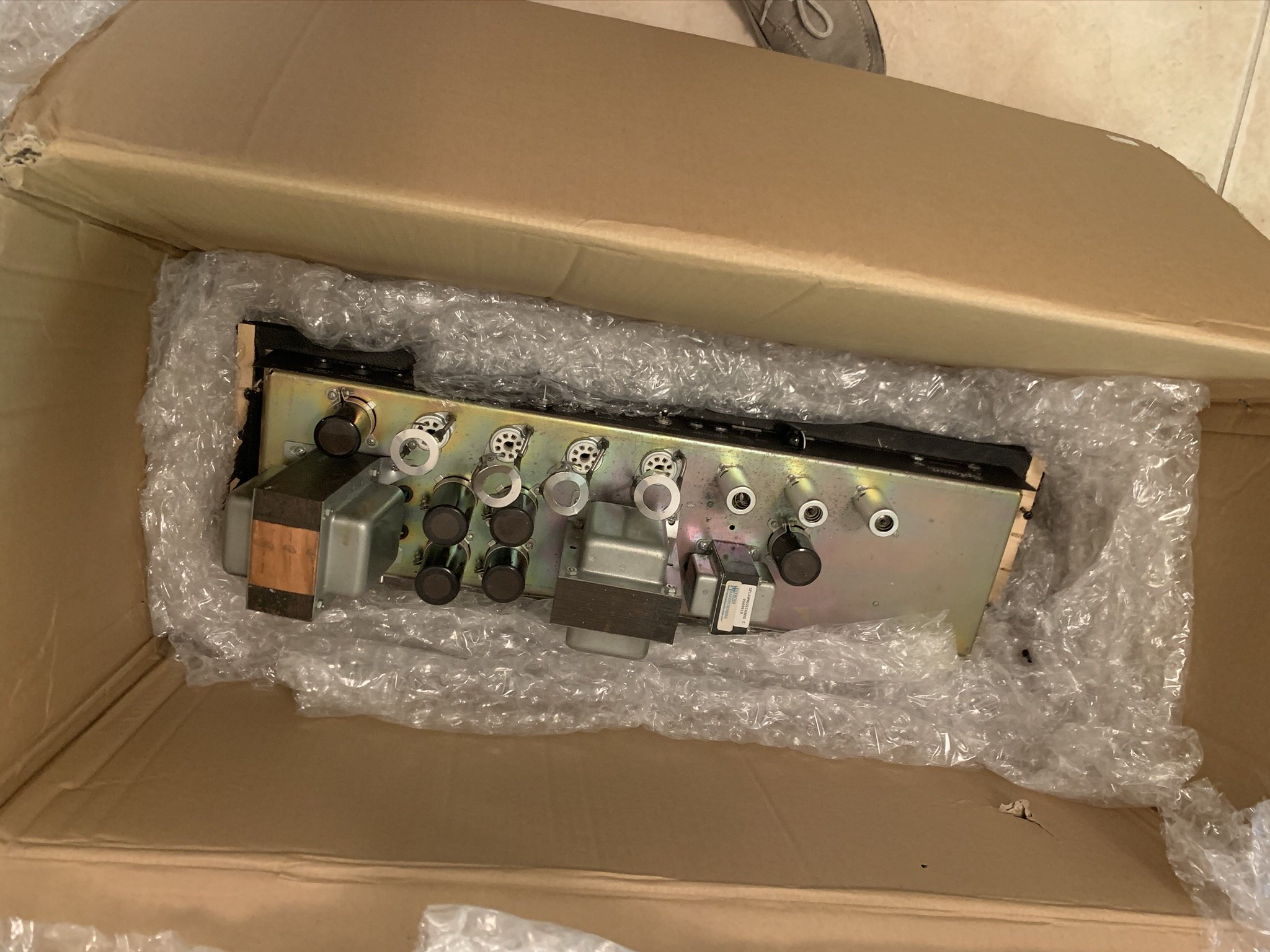

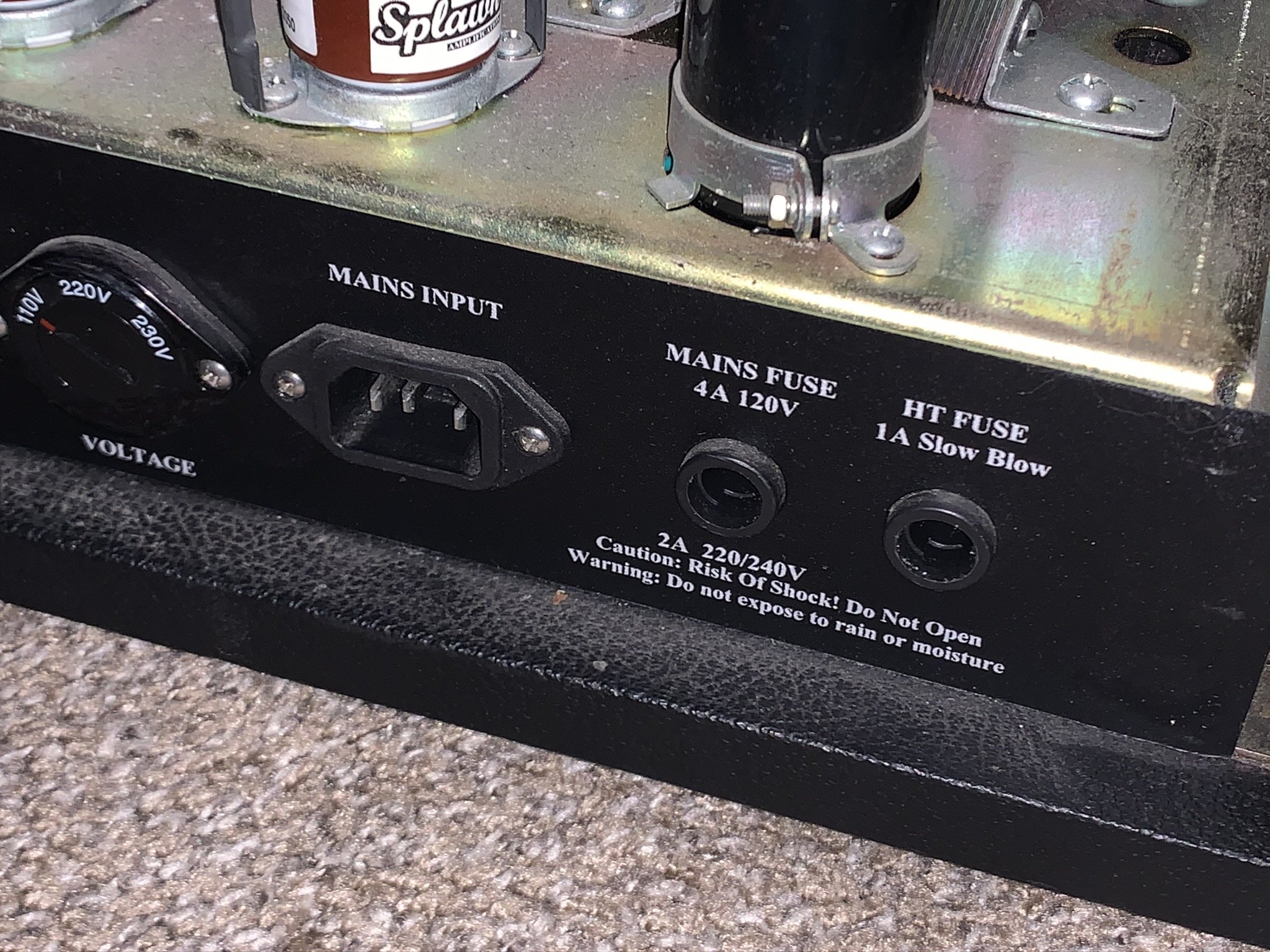

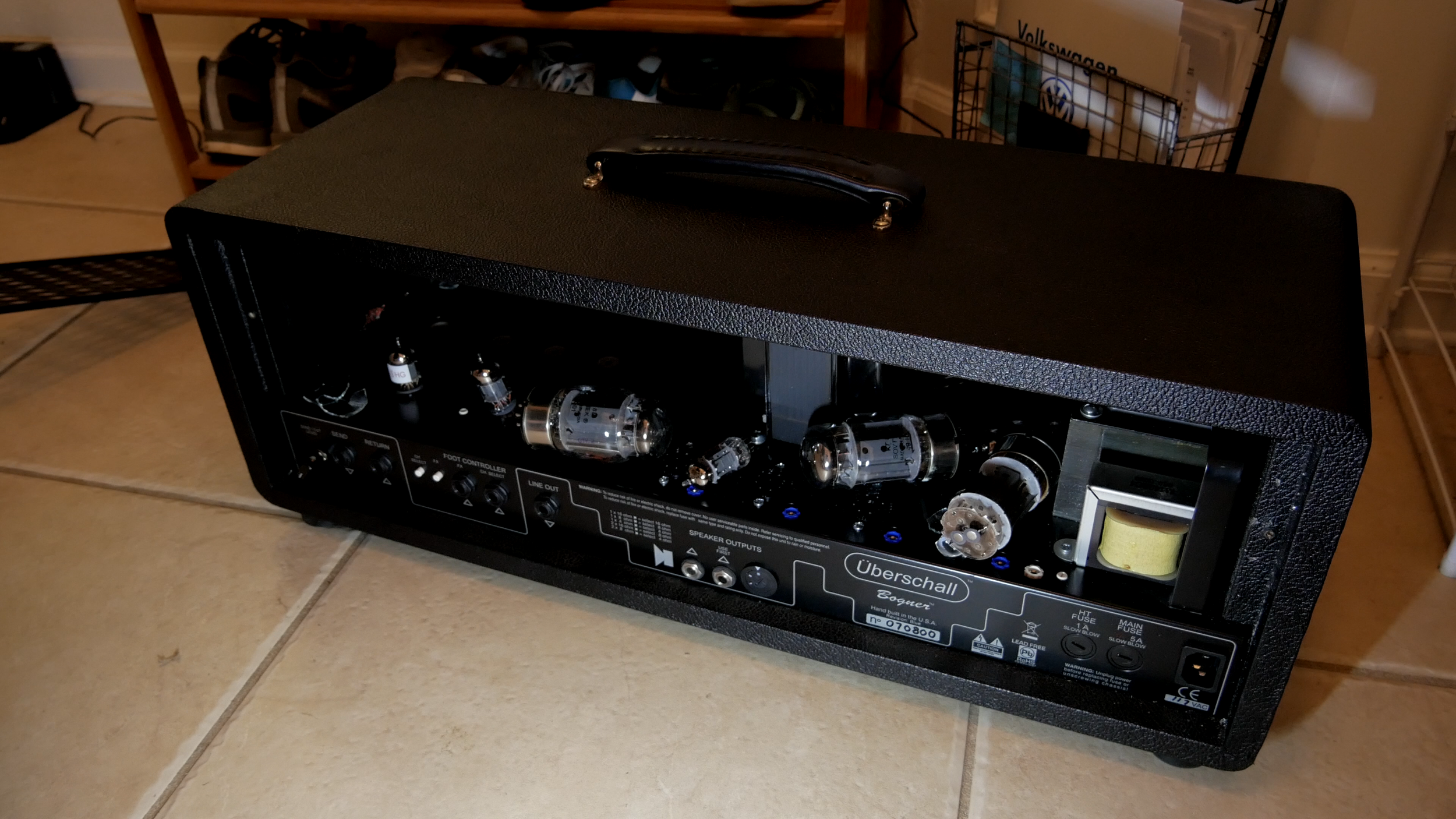











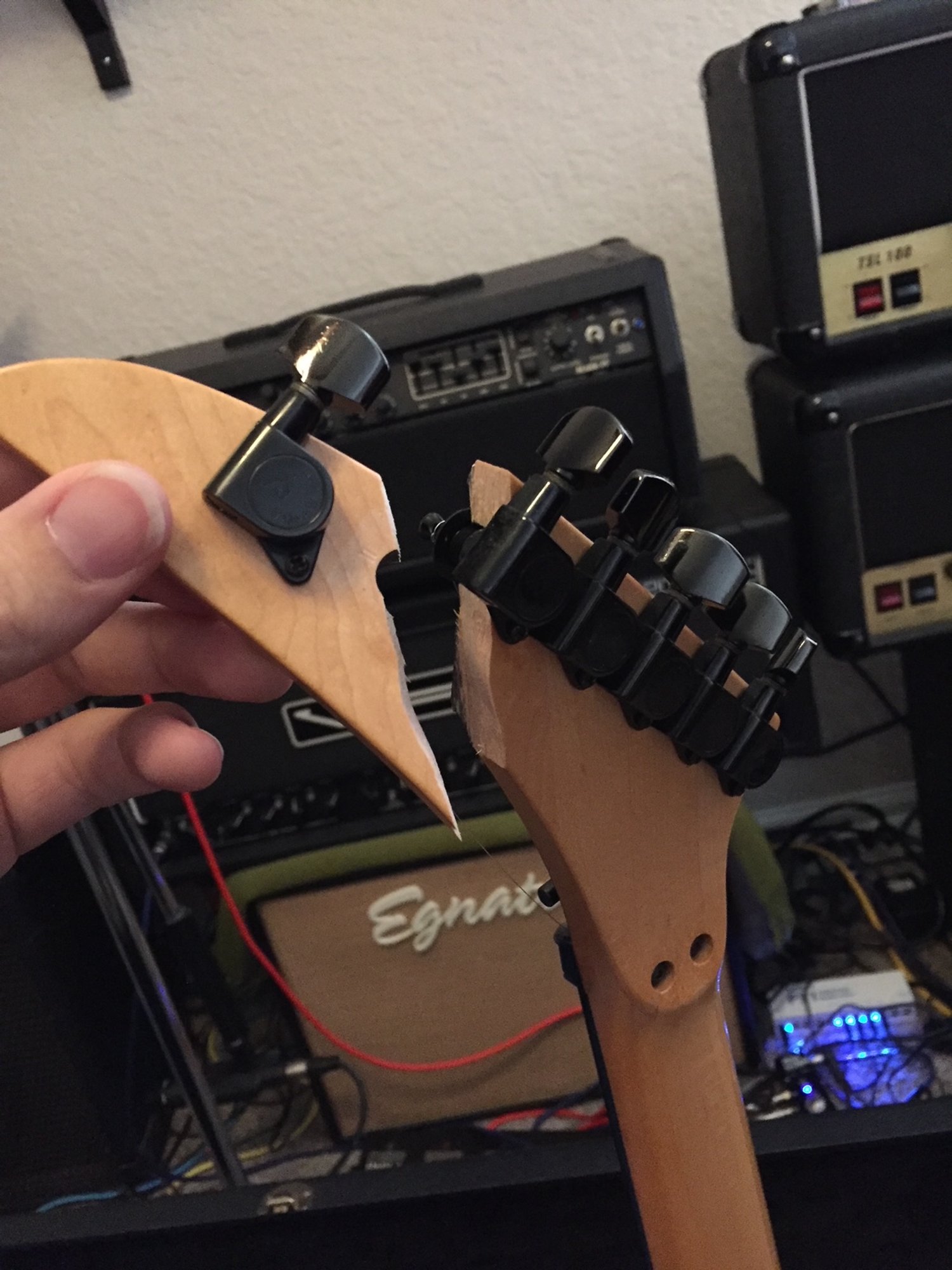
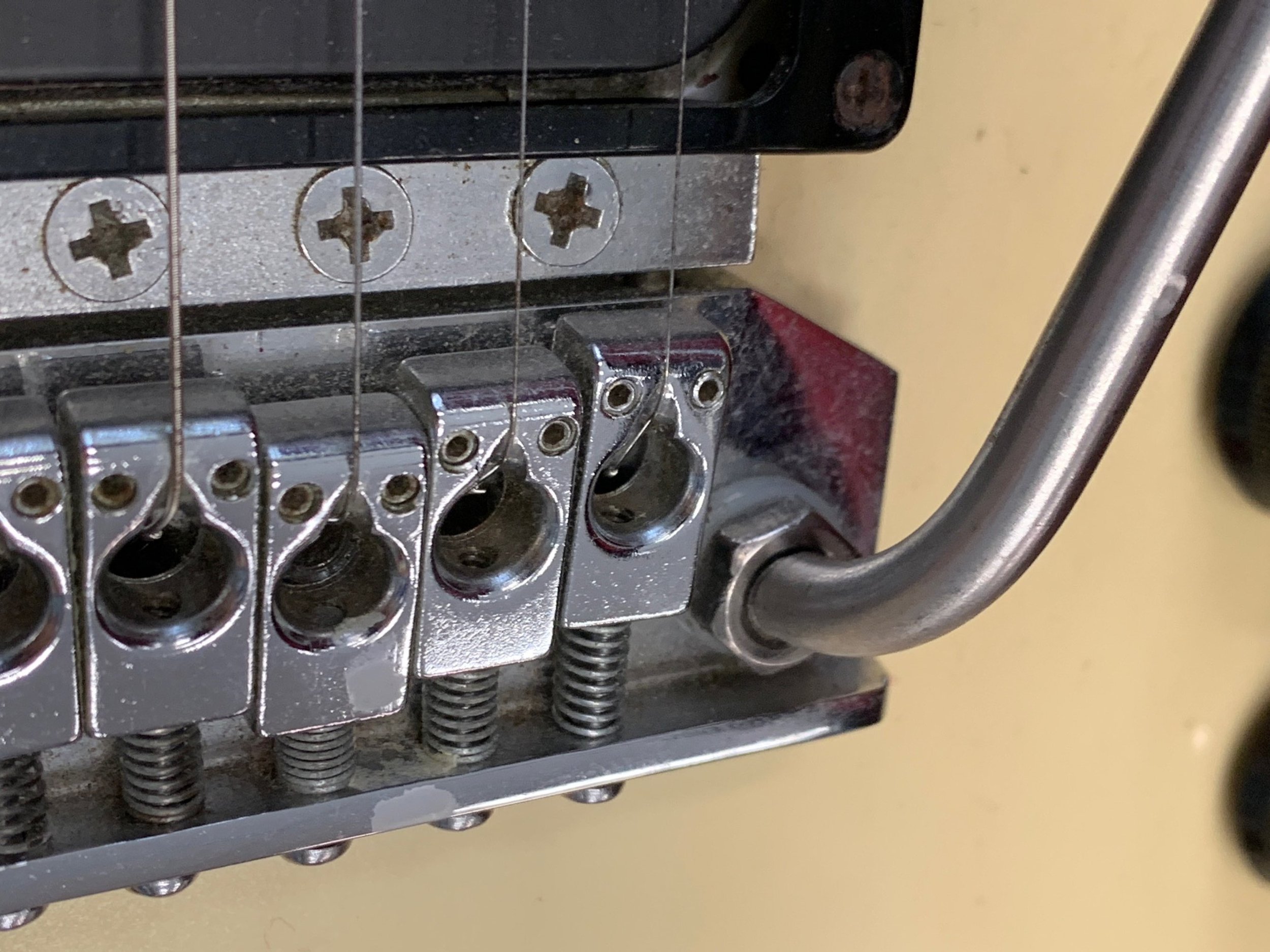


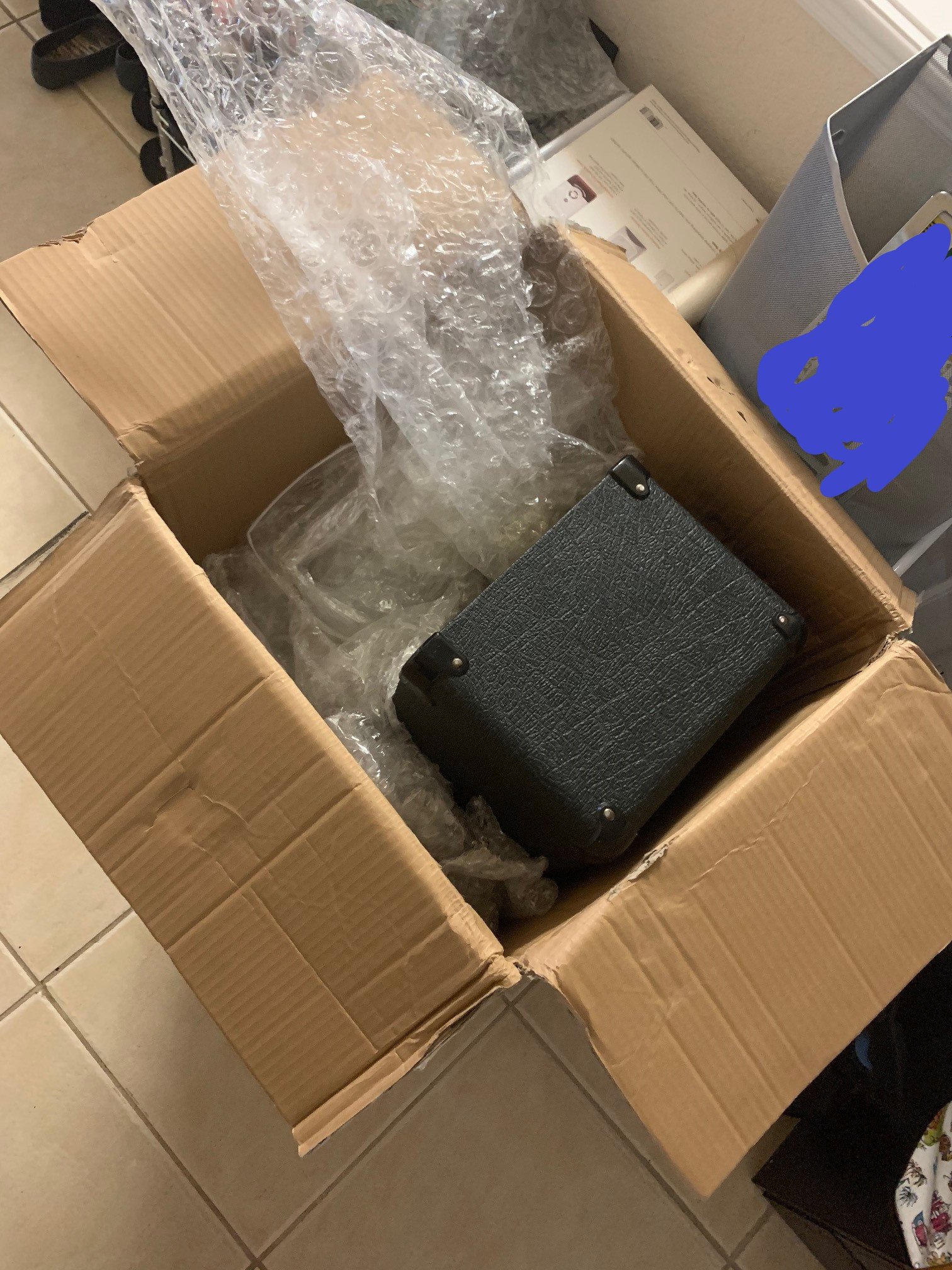
I’m not saying I’m going to stop buying from GC by any means. Sometimes it is the best way to get a killer deal on a unique piece of equipment, and their shipping charges are inexpensive and returns mean there is always a safety net. I just hope someday to see even the bare minimum of effort put in - it would solve a lot of these issues. Just remember - when ordering from GC - always take screenshots and pictures when it arrives, don’t be afraid to ask for a full refund including shipping, and never depend on them for anything you truly NEED, for example if you are a touring or gigging musician, never expect used gear to work out of the box from GC. It’s just the reality of the situation right now.
New Video: "New Gear Episode 3: Rivera Bonehead, Ceriatone AH 50 Deluxe"
I’ve been sick for the last week or so but a number of great new pieces of gear showed up at my house. I finally was able to play them after feeling a bit better and as usual, I’m very pleased with the new gear.
First up is a late 90s Rivera Bonehead, an amp designed either for or with Steve Lukather, and very similar to a Knucklehead Reverb. This amp is 100 watts, 3 channels, and has a really thick and full tone. The bass is quite loose but the transition from clean to distortion is very smooth as they share the same core tone and thickness. The clean channel, as expected from a Rivera designed amp, is a highlight with 3 pull switches and really fantastic tones. The drive channels both feel like they have a similar amount of gain, but with separate EQ’s they can be set up differently. They can nail a classic rock tone quite easily, and pushing into metal territory there is a characteristic grittiness to the tone that reminds me of the last time I played a Knucklehead - my best guess is the circuit is very similar between these just with some value and voicing changes in the Bonehead. All three channels also have a footswitchable boost which adds more volume and gain, as well as tightening up the bottom end on the gain channels, although it’s no substitute for a proper bass-cut boost pedal like a tubescreamer or SD-1 for more aggressive/modern metal tones. Overall, a very exciting amp and quite a bit different sounding from any other amp I have in the arsenal.
Next is a Ceriatone AH50 Deluxe, which is a point to point clone of the Friedman BE50 Deluxe. This amp has a much more sparkly clean channel, with a bright switch to make it even snappier. The two gain channels have that classic Marshall bark but with more gain, and adding the saturation switch on the rear panel pushes it well into modded Marshall gain territory although it may still need a boost pedal for heavier styles. The most noticeable difference after playing the Rivera is that this amp has far less bass and more upper mid cut on the gain channels. In fact, it feels almost anemic in the low end in comparison and I think this amp could probably use a bit more bass and low mids to thicken it up - but then I suppose the aggressiveness and tightness would be sacrificed. Still, I’m finding myself running the bass on 10 just to keep it thick sounding, and while I love the core tone it’s just a tad too thin sounding at my first playthrough. I’m going to keep tweaking though, and I can’t wait to compare it to the Ceriatone King Kong 50 that I also have - that amp has very aggressive gain and bright switches on the gain channel so I’m excited to test the two back to back. Two amps both designed to do that modded Marshall type tone but accomplishing it in different ways - awesome.
And the last thing - I picked up a new Mesa Mark IV medium head. Finally! I know have way too many Mark amps at this point but I really regret selling my original 1997 Mark IV medium head and this new one dates from 1999 and is a very close replacement - and sounds just as awesome as I remember my old one being. The combo amp has been sent back to Guitar Center, but I will sure miss that Celestion C90 speaker and will probably one of those speakers for comparison tests too.
New Video: "New Gear Episode 2: EVH 5150 III 100w Head"
I picked this amp up for a good deal after hunting for a 50w for a while. I really loved the early version 50w 5150 III I owned before - I regret selling that amp and when I came across this 100w model, I couldn’t resist. The blue channel on this amp has less gain than the 50w model but I understand that’s only 2 value changes in the circuit, so I may make that modification but for now I think the blue channel sounds great already.
It was quite dusty and grimy when it arrived, so I cleaned it up and it turned out quite nicely with no major tears in the tolex or other damage. It’s loud but has a good master volume, and so far I only have two minor complaints. The first is that the power and standby switches are on the rear of the amp, so I have to reach behind it - since I use shelves for my amps, it’s a little difficult to do but not a major problem. The second is that it didn’t come with the footswitch but that’s more of a Guitar Center / Used Purchase issue than anything else… now to hunt down a footswitch online.
New Video: "New Gear Episode 1: Kramer Baretta, Mesa Mark IV, Peavey XXX"
A few things lined up recently and several things I purchased all happened to arrive on the exact same day - so I took this opportunity to start a new series of videos. They will probably be a bit inconsistent since it depends on when/how often I get new gear, but I think it’ll be cool to do a more casual video whenever I get some cool new piece of gear and talk about it briefly before doing a comparison video or deep dive review.
Of course, this is a lot at once this time as I got both a guitar and two amps all at once. Here’s the video, but keep scrolling for some pictures and some other thoughts on the gear.
First item: a 1987 Kramer Baretta. This one sat on Reverb for a long time and had a few price drops, and I have to give the seller a lot of credit for an accurate representation of the guitar. It is playable, but the frets have been leveled and it is probably due for a refret job very soon. The body has some surface scratches made very clear by the black finish but no major damage, and the neck is really sharp. Sadly, the original JB is missing and replaced with a very cheap pickup from Amazon or similar, and the original floyd rose is missing too - but luckily it was just replaced with a more recent German made OFR. The pickup was wired very strangely - sounded like a single coil or like it had a short - so I swapped that out for a black/white SH-10 Full Shred that I’ve had waiting for a guitar just like this for a while now and it sounds fantastic.
Second: Mesa Mark IV… again. I’ve been really missing my Mk IV head, so I’ve been on the prowl for another. This was listed on Guitar Center used as a head, but sadly it is a combo on arrival - I’m a bit disappointed by that but in a rare act of customer service, the person shipping the amp at GC actually called me and let me know that it was a combo in advance and asked if I wanted to cancel the order! I really appreciate that but I went through with it anyway, since it was described to be in excellent condition.
And wow! That was not a lie either - it is in truly impeccable shape with the original cover too. Sadly the footswitch is missing - that’s very disappointing because they are pretty expensive to replace but we’ll see what I can do about that. This is the “short” combo which means some controls are on the rear panel (like the mid gain/harmonic mode switch) and the factory speaker is a Celestion Black Shadow. I’ve heard lots of praise for this speaker but never tried one - my initial impressions are very positive though. This particular amp also has a very high serial number, much newer than the head that I had, and puts the date closer to the 2008 end of things (likely this was made 2006-2007 or so). Mark IV production ended in 2008 so it’s nice to have one that is a full decade newer than the one I had before, as far as component life goes.
Last: I’ve been looking for a Peavey Triple X or JSX for a little while but waiting for the right deal to come up - these amps were regularly available for 250-350 bucks or so for years so I found it hard to justify paying the current prices of 500+ for them. Luckily, I spotted this one online for only $299, which is about as good as it is going to get amp shopping in 2022, especially for a USA made tube amp like this. I’ve only played it a little bit, but it is super gainy and sounds really great so far. Bang for the buck, this is hard to beat, and I’d argue that in the right hands a skilled player with an amp like this could sound just as good as any expensive boutique amp (within the limitations of what the amp is designed to do of course - high gain). The active EQ really broadens the range of the amp as well, and even though it’s super cheesey, the front panel “girls” grille has grown on me in more of an ironic/nostalgia kind of way (these amps were all over the place when I was first learning to play guitar).
New Video: Marshall JCM900 Dual Reverb (Model 4100 Reissue)
Another deep dive and completing my run of the JCM900 series, the dual reverb. This particular amp is a Reissue model made in 2013, but the circuit is the same as any normal production run JCM900 and is equipped with 5881 power tubes (as most DR’s were throughout the 90s). The tones of this amplifier are great for a certain type of music, but I can also see why some do not like this amp compared to more traditional Marshall circuits.
Additionally, there are LED clippers on the normal channel, and diodes on the gain channel too - as well as a multitude of opamp gain stages and some pre-EQing going on for the second channel. It’s certainly not as analog as other Marshall circuits and even if the diodes were clipped/removed, it’s still largely opamp powered - this amp only has one single preamp tube gain stage in it (amps like 2203’s have 3 for example). Still, I think it really rocks for 90s punk tones and other high gain, bright tone - but it wouldn’t be my first choice for classic rock or old school metal.
New Video: Charvel Predator
I was sad to let this one go, but it just wasn’t getting a lot of play time. It was the last guitar I owned with the great sounding Jackson J200R (Rails) version of the single coil pickup, and the 5-way switching really made this a great, versatile guitar. I’m attempting to thin down the collection though and ultimately, I like my Model 4’s a bit more and sent this one on to a new owner. Still, it’s a great guitar and I talk about it more in this video.
New Video: Mesa Mark V Review
It’s been a long requested video - especially after doing a deep dive into the Mark IV - but it’s finally here! In this video I do a similar deep dive into the Mesa Mark V circuit and talk about some of the unique features it has (such as the tube rectifier and Mk I mode) as well as some of its drawbacks in comparison to classic Mark circuits. I definitely miss my Mark IV, but the V definitely has some great tones in it an is a little easier to live with with a very good sounding reverb and arguably better crunch channels.